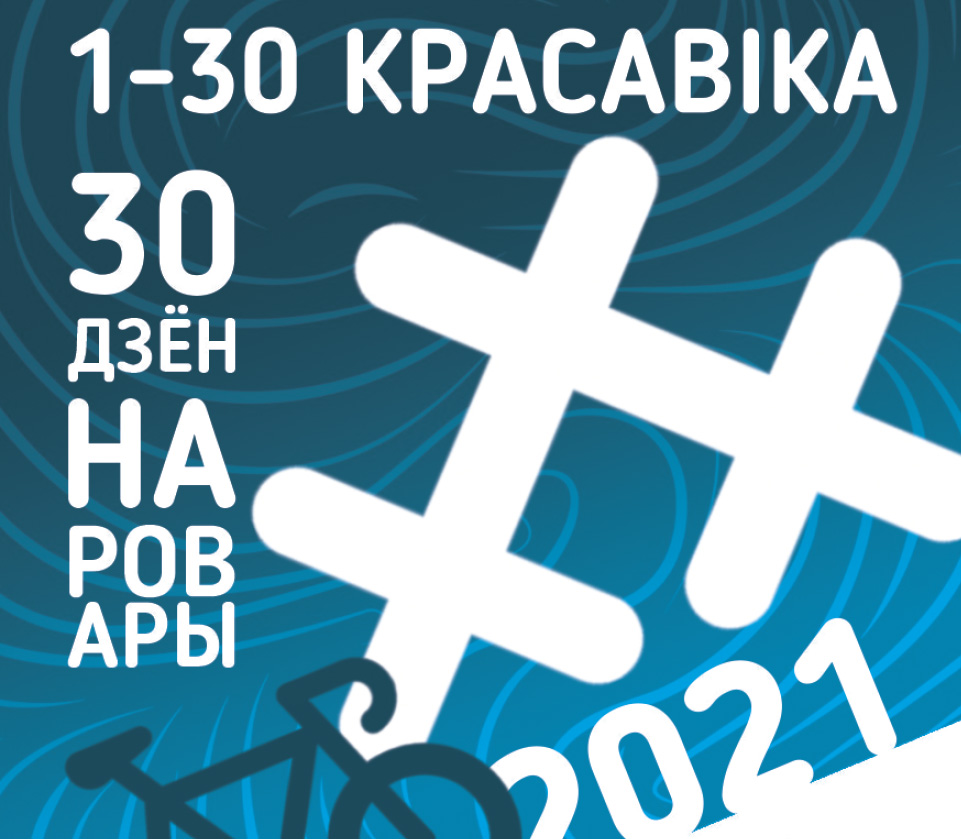Usually doctors unanimously say that a bicycle is good for health. We have found specialists who not only talk about it, but also confirm with their personal example, coming to work at the 6th City Clinical Hospital on a bicycle.
Enjoyable with useful: enjoy the bike instead of boring morning exercises
Associate Professor of the Department of Traumatology and Orthopedics of the Belarusian State Medical University Alexander Martinovich commutes to work on a bicycle every day. Alexander Vladimirovich always loved to ride in his free time, but more than two years ago he decided that cycling to work is an excellent alternative to morning exercises. Moreover, in order to do it, you still need to force yourself, but the bike brings real pleasure.
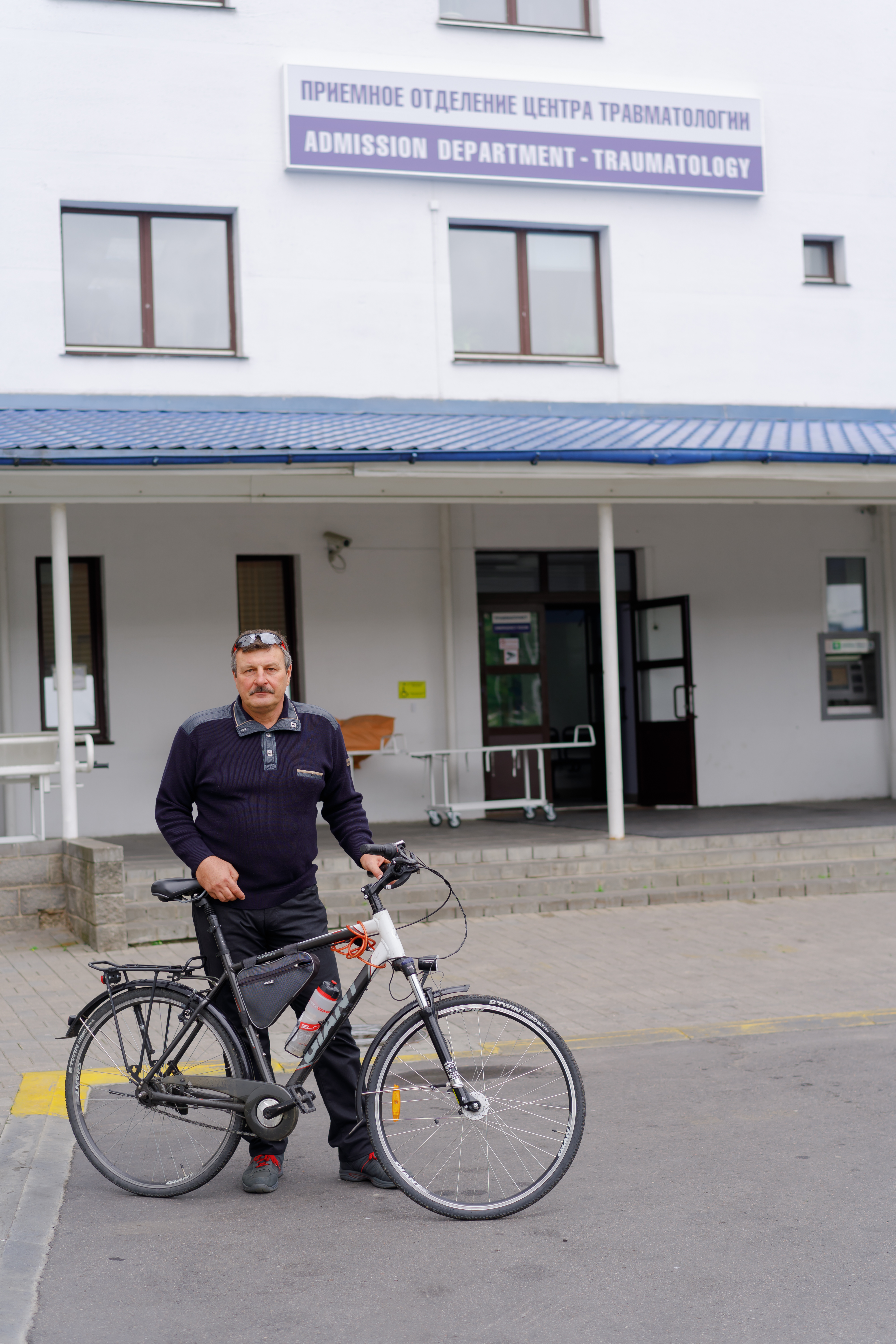
Alexander Vladimirovich lives 10 kilometers from the 6th City Clinical Hospital, where practical classes are held with students. The cyclist spends about half an hour on the road to work. The doctor approached the change of the mode of transport very responsibly: he made several route options, checked each of them and only after that chose the most convenient one. As a result, he makes about 80% trips to work by bicycle.
Last winter, Alexander Vladimirovich did not close the cycling season for the first time. It takes a little longer to get to the road in the cold period, but it is quite possible to drive. All you need is special clothing (thermal underwear, windproof jacket, balaclava), winter tires and a little more concentration than usual.
- At first, my colleagues were surprised. But they quickly got used to it, and some even took an example. In warm weather, at least 4-5 bicycles of employees are parked in the parking lot. As for the infrastructure for cyclists, everything in the hospital itself suits me. The union helped to establish the bicycle parking, there is an opportunity to change clothes and take a shower. But there are big questions about the infrastructure in the city, - says Alexander Martinovich.

Bicycle parking near the hospital
- As far as I know, the draft amendments to the traffic rules are currently under consideration. For now, a cyclist is equated to a pedestrian, so he cannot move on the carriageway and must dismount at pedestrian crossings. This makes movement much more difficult. Hopefully, we will be allowed to cycle through at least regulated pedestrian crossings. But with the speed of pedestrians - with this I completely agree.
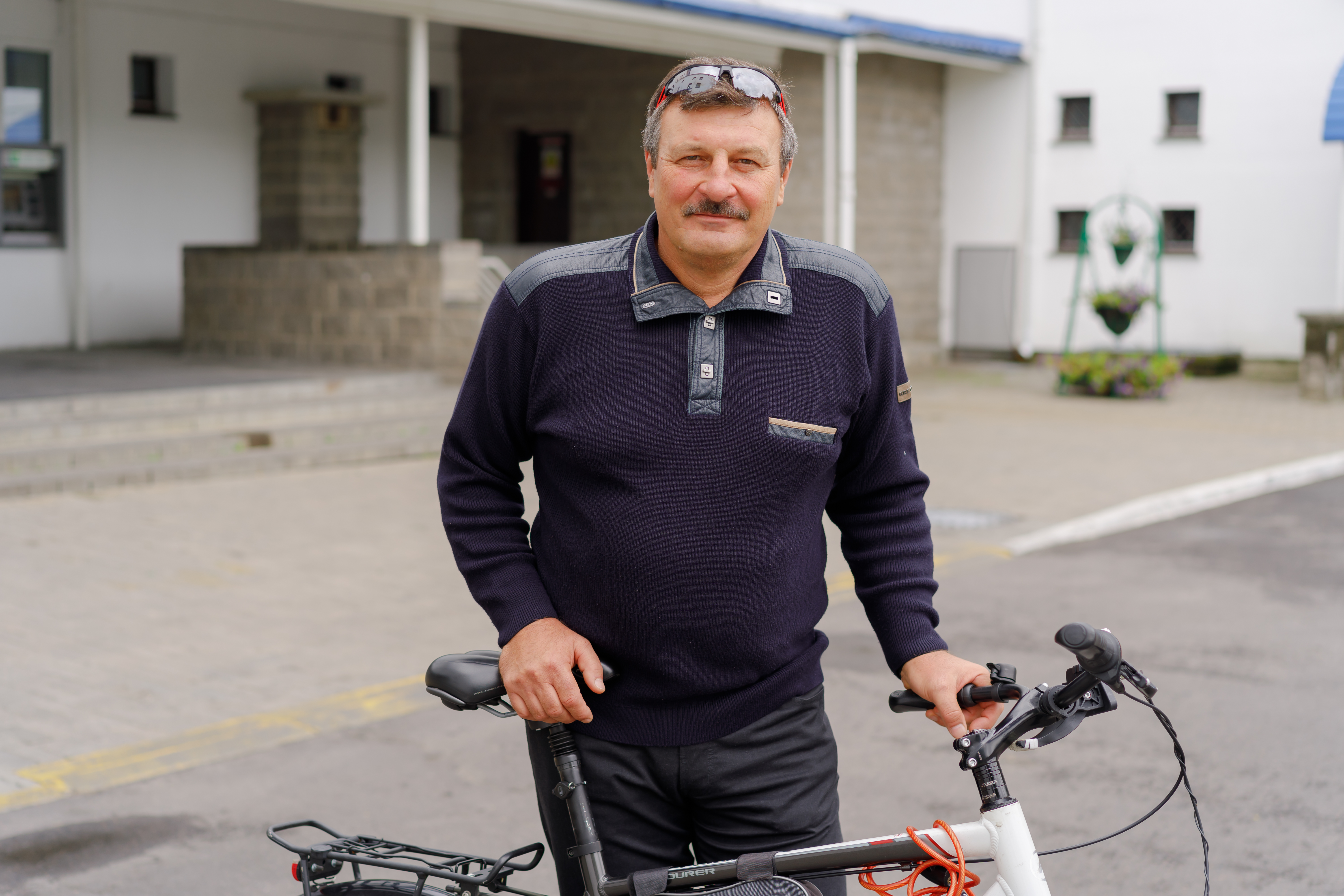
As for traffic on the carriageway, the rules also need to be revised. They say that you can drive onto the road if it is impossible to move along the sidewalk. How about a 20 cm border? The practice of the whole world shows that a bicycle is much closer to a vehicle than to a pedestrian, therefore it has a place on the roadway.
How do cyclist and motorcyclist reconcile in one person?
Alexander Martinovich's colleague, Alexander Krivchenya, strongly disagrees with this opinion. He, too, has been cycling since childhood, although now he calls himself a weekend cyclist. Alexander Ivanovich does not participate in competitions, but he still prefers to ride a road bike.
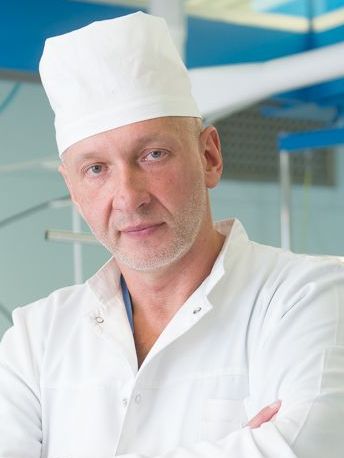
The favorite route in the city is the main bike path along the Svisloch. If you ride it in both directions, you get just the optimal distance for a bike ride - about 60 km. But the doctor goes to work occasionally, the distance of a couple of public transport stops seems too small.
But most of all, the cyclist loves to get out into nature far beyond Minsk. For example, last weekend he visited Belovezhskaya Pushcha in Belarus and Poland. By bike, of course!

If we talk about the Minsk infrastructure, Aleksandr Ivanovich is pleased with the way the central cycle path is made. No wonder he drives it almost every weekend. But with movements in other parts of the city, especially where large crowds of people gather, problems arise.
Nevertheless, the manager is still against cyclists moving to the roadway. He notes that the route can always be built differently. So that you don't have to wade through the crowd or descend into endless underground passages. Perhaps this is due to the great experience of the motorcyclist.
- Some people wonder how I combine two such seemingly different types of transport. But they have one idea - two wheels at the base. The only difference is the distance you can drive, the doctor smiles.
By the way, the physician advocates the use of helmets by all cyclists. Because head injuries are usually much more difficult to treat than limb injuries. This rule especially applies to cyclists who are unsure of their skills and those who, on the contrary, ride very boldly and at high speed.
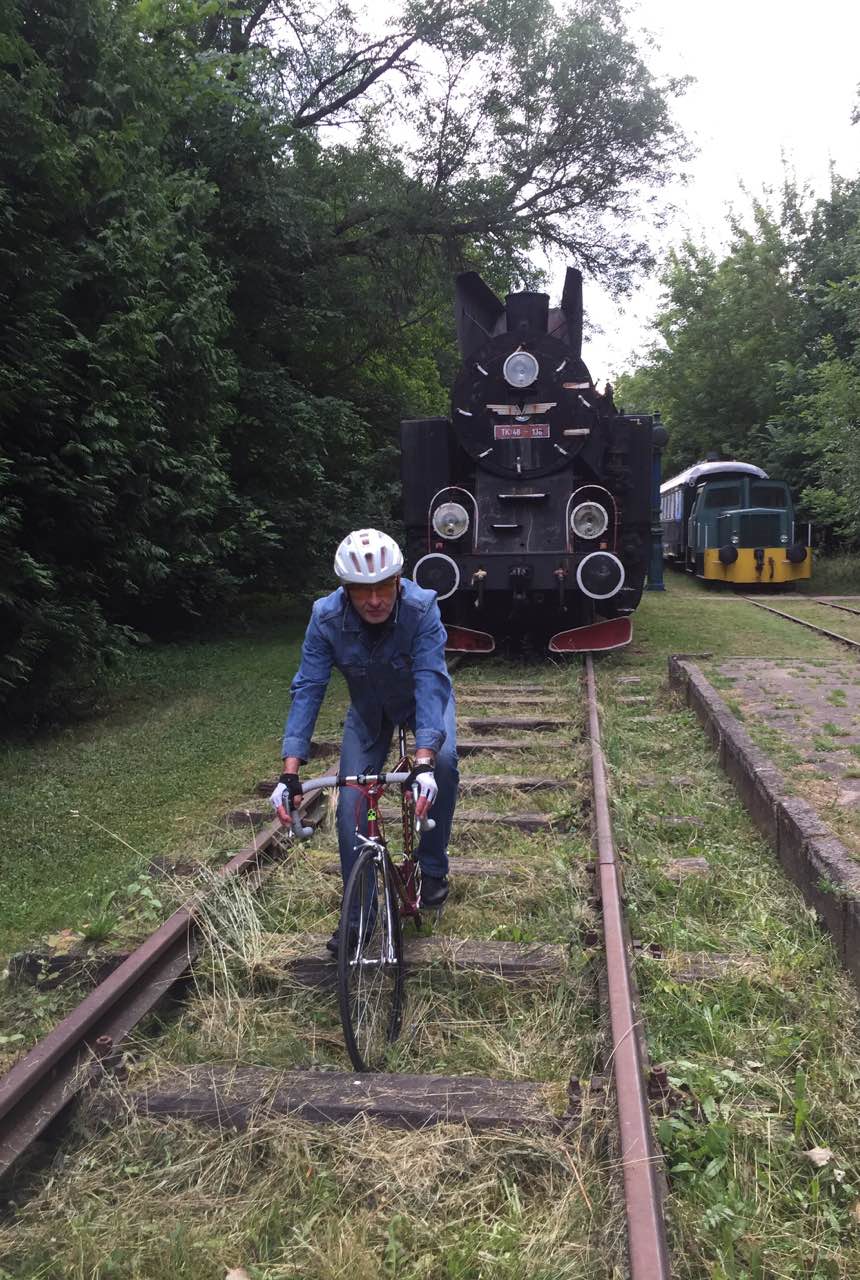
Alexander Ivanovich advises novice cyclists to go to train on the bike path when there is practically no one on it, for example, at dawn. But during the so-called rush hour, it is worth going on a bike ride or on business only if you are completely confident in yourself as a cyclist.
Even healthier than walking. Why the bike is not a threat, but a salvation for the joints
But doctors unanimously agree on one thing: a bicycle is really very good for health. Riding it strengthens the cardiovascular system and maintains joint health. Yes, it turns out that the bicycle is even more useful than ordinary walking, not to mention the now so popular Scandinavian.
As Alexander Martinovich explains, when riding a bicycle, there is no jolt load on the lower extremities. And when moving without weight burden, the cartilage is actively nourished. Therefore, in fact, the bicycle is good for the joints, and not harmful, as the myths say.
Of course, the rule applies when we talk about correct fit and reasonable loads. Therefore, special attention should be paid to the height and extension of the seat, as well as the need to compensate for fluid loss in hot weather. If these issues are controlled, cycling will only benefit the knee joints.
In turn, Alexander Krivchenya emphasizes that the optimal loads are different for everyone and they are determined individually for a variety of indicators. But for a healthy, non-elderly person, cycling up to 80 km a day is only beneficial. By the way, for older people, a bicycle is one of the optimal types of physical activity, if you ride short distances and at a measured pace.
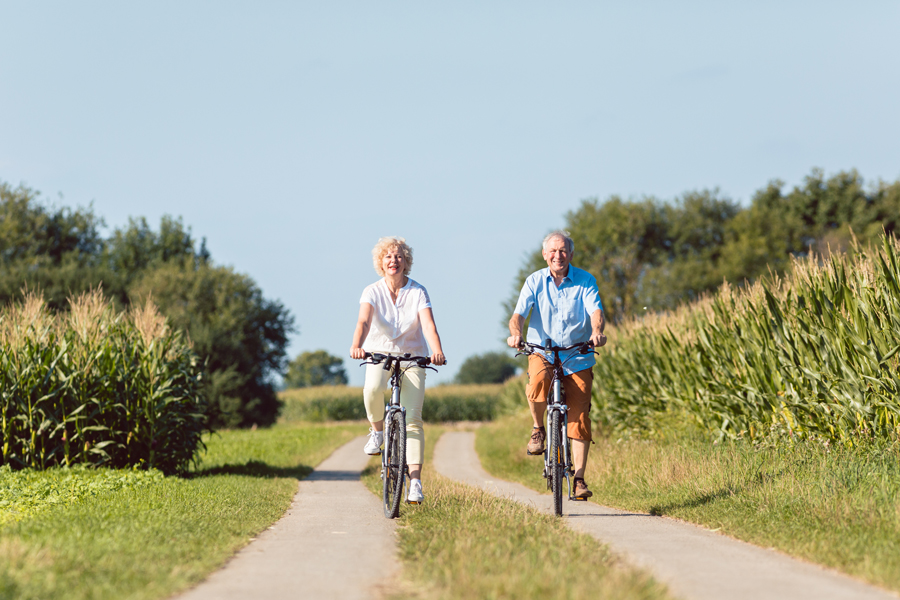
As for injuries, Alexander Vladimirovich gave interesting data. It turns out that clavicle fractures are very common. It occurs due to the fact that after a fall, the body continues to move by inertia, but the bicycle interferes with it. Therefore, if you try to push the bike away from you, you can roll forward, and the likelihood of breaking the collarbone will decrease significantly.
Another common problem of our time is the use of a mobile phone while driving. Usually the phone is put in the right pocket, and when it is taken out, the brake is instinctively applied with the left hand. This threatens to fly over the steering wheel.
But craniocerebral injuries are extremely rare; on a bicycle, limbs are most often affected. Therefore, the associate professor of the Department of Traumatology and Orthopedics does not support the idea of mandatory use of a bicycle helmet by everyone. For most adults who travel around town, this is not necessary.
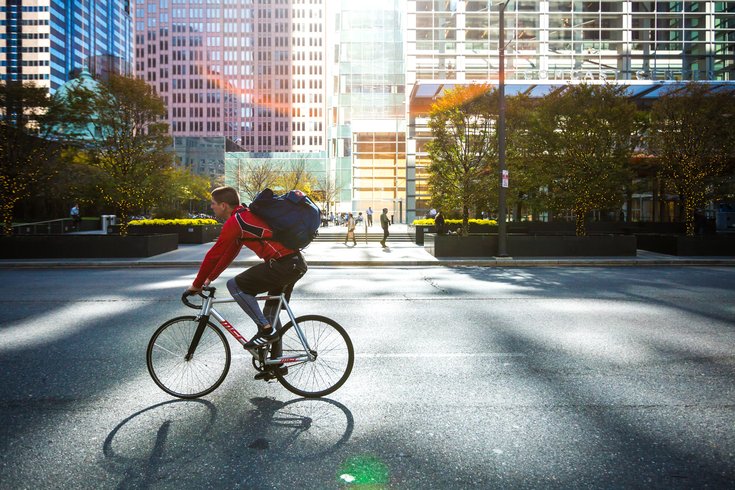
In general, a bicycle is great for keeping the body in good physical shape - it uses up a lot of energy while riding. True, the main load falls on the lower body. The muscles of the shoulder girdle, back and abs are slightly loaded. Therefore, the bicycle should ideally be combined with other activities, such as swimming.
The expert work of the Minsk Cycling Society was supported by the European Union within the framework of the project “Urban Cycling in Belarus”.
Text: Daria Kosko
Photo: Maxim Shitov, from the personal archive of Alexander Krivchenya, 6gkb.by, e-venturebikes.co.uk, guiglakatsarava.com.


